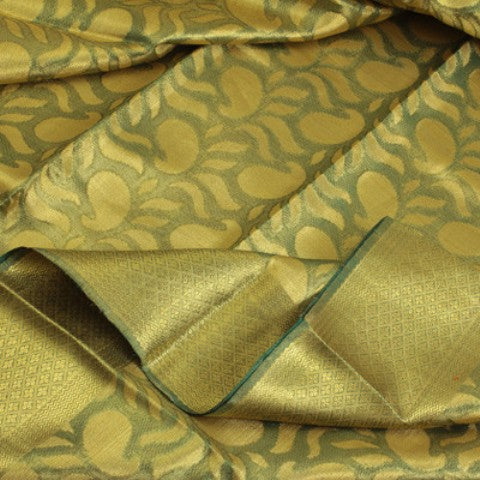Voluptuous Vines
The curving beauty of creeper vines has for long inspired textile weavers across India. From slender, leafy stems to elaborate, stylized motifs embellished with flowers and fruits, vines lend themselves wonderfully to creative expression. Besides its obvious charm, the vine bears a deeper significance, for it represents the Tree of Life

The Tree of Life is a sacred symbol which appears in folk art and cultures worldwide, a concept that is deeply embedded in humanity’s collective consciousness. Its roots thrust deep into the earth, while its branches spread out and soar up, supporting the heavens. The massive trunk is the connecting link between these worlds.
According to Indian tradition, the peepal and banyan symbolize the Tree of Life. While the deep roots of these great trees represent the foundation of all life, the trunk and branches symbolize ancient, spiritually evolved communities, while we, human beings, are the leaves.

In artistic traditions, the Tree of Life is often depicted as a sinuous, multi-branched vine laden heavily with fruit and flowers, often home to a variety of birds and animals, a symbol of limitless abundance, fertility and the cyclical pattern of life.
Kanjivaram saris typically feature profusely flowering vines as symmetrical borders, picked out in zari or rich colours contrasting with the body of the sari. Trailing vines may be woven across the sari field or in complex patterns to embellish an ornate pallu. However they are depicted, vine motifs add grace and an ineffable charm to the feminine form.
| Sarangi, the house of handwoven Kanjivaram Saris, is a beautiful store in Chennai, India. Its silk saris are a perfect combination of classic motifs, colours and weaves. This is the online shopping site for Kanjivarams from Sarangi. |
|---|
